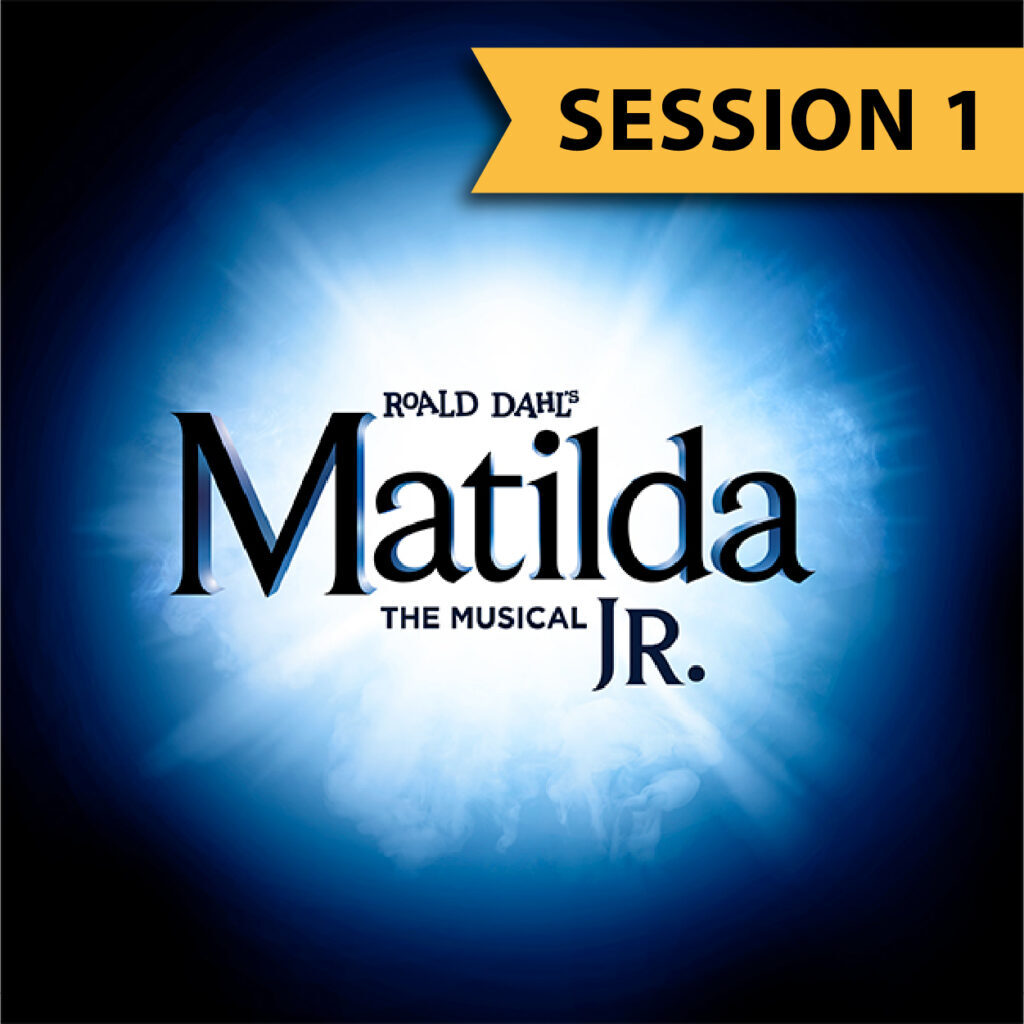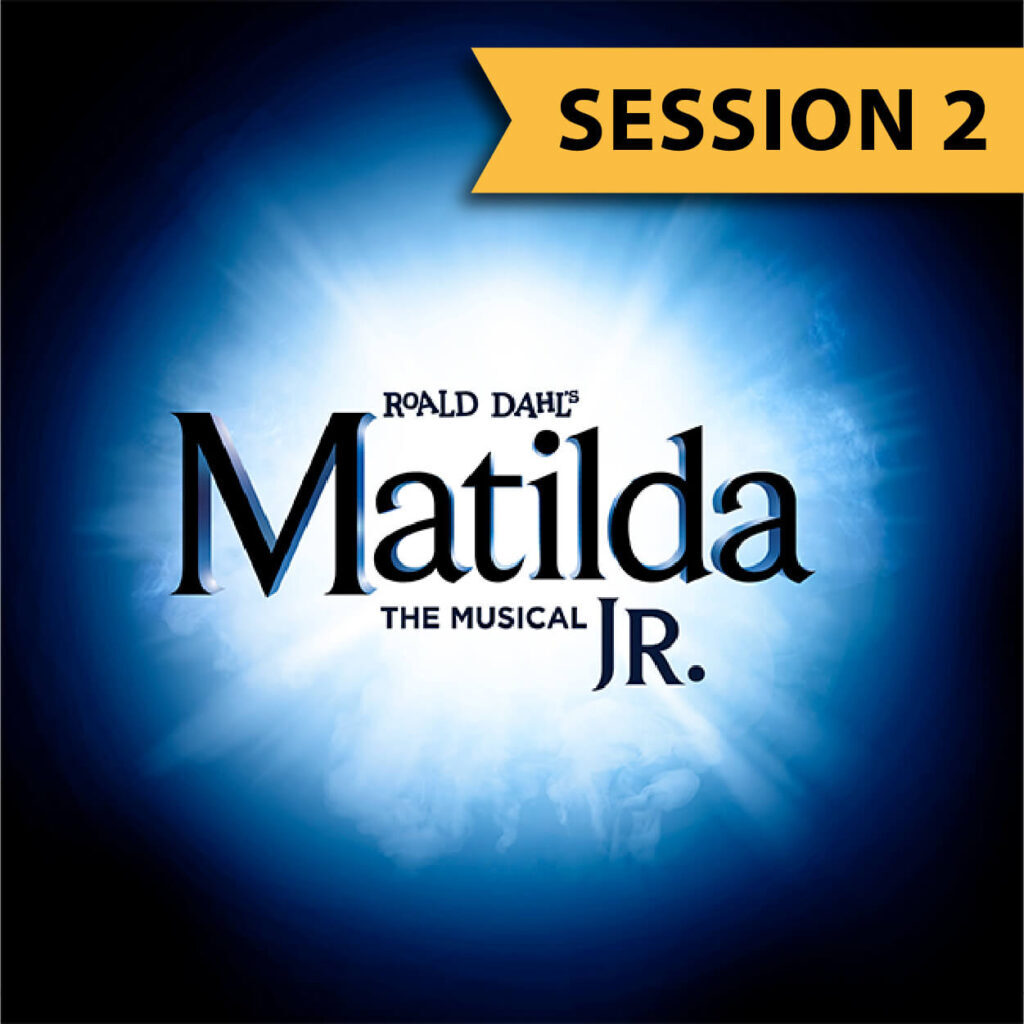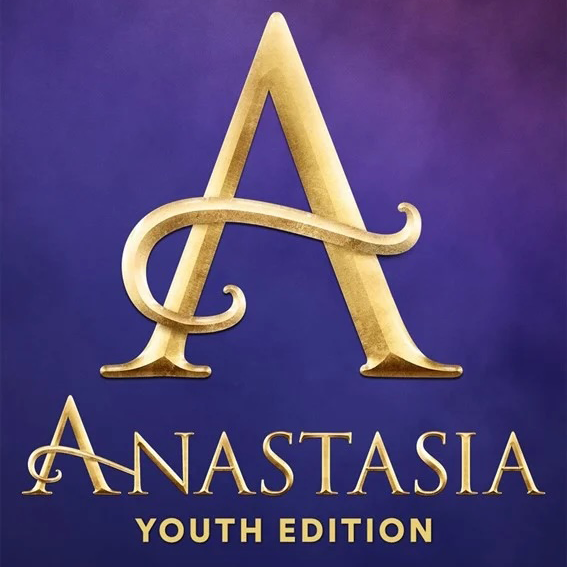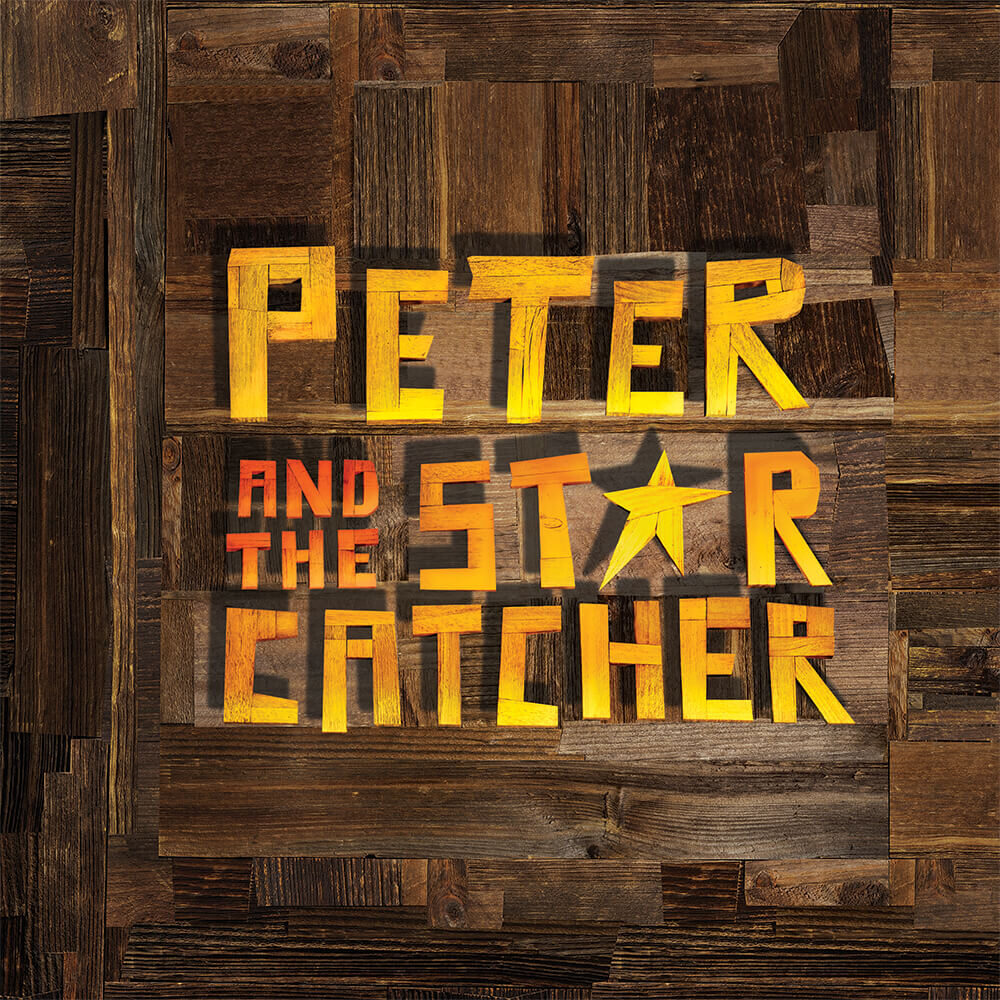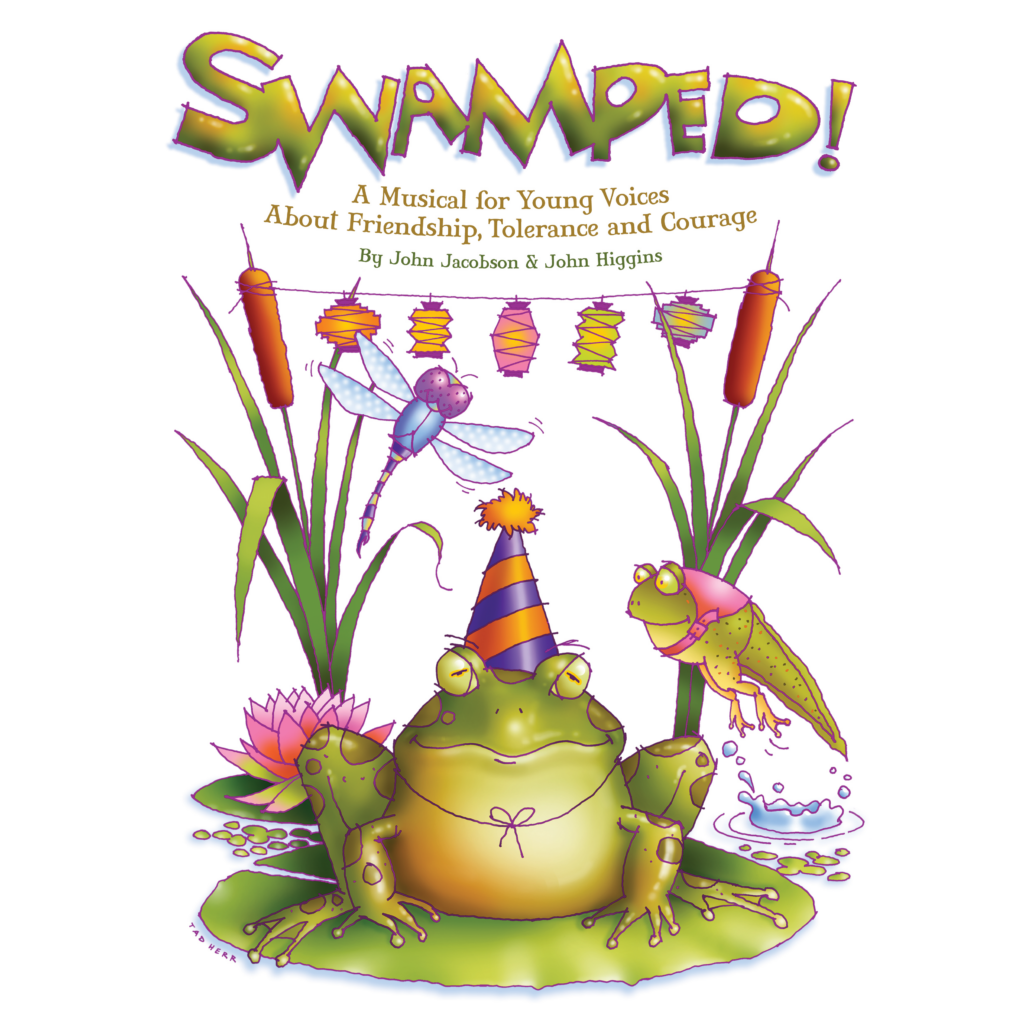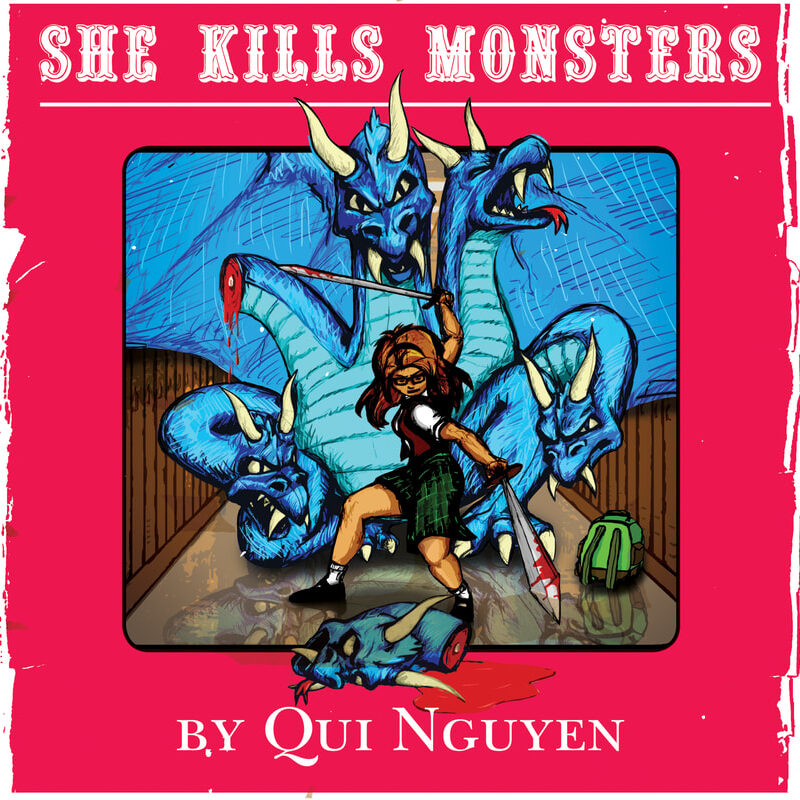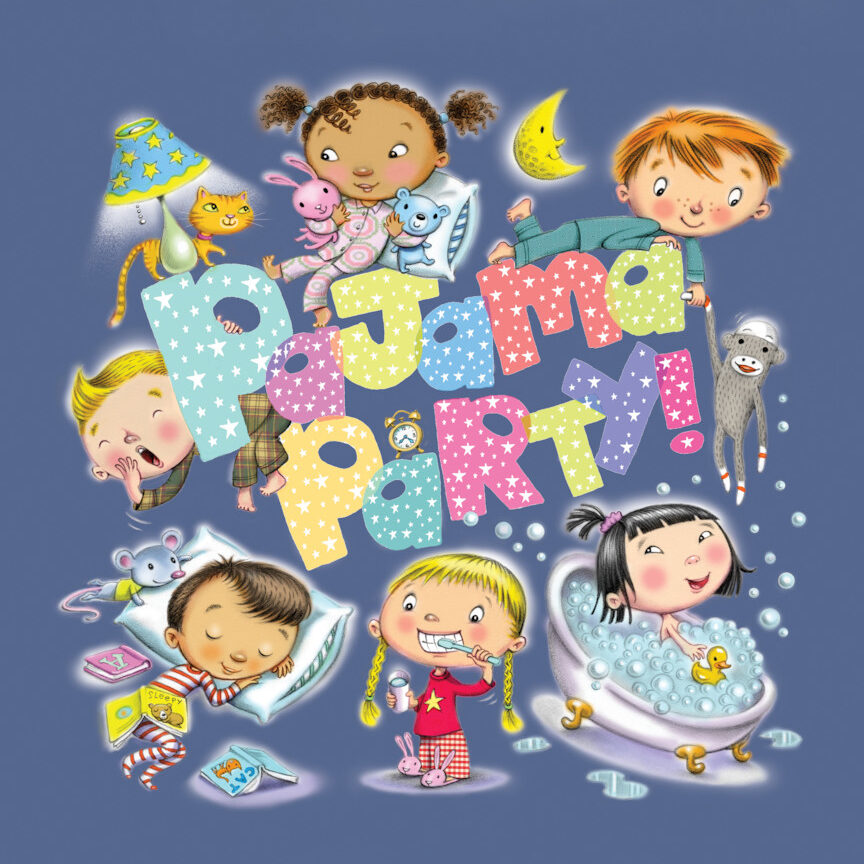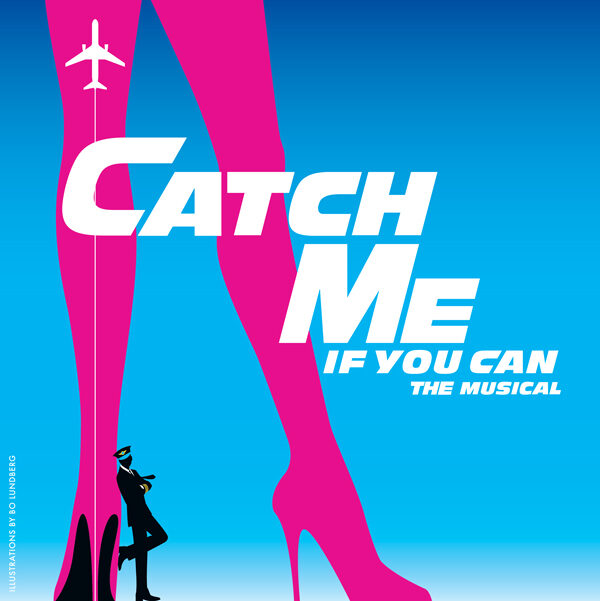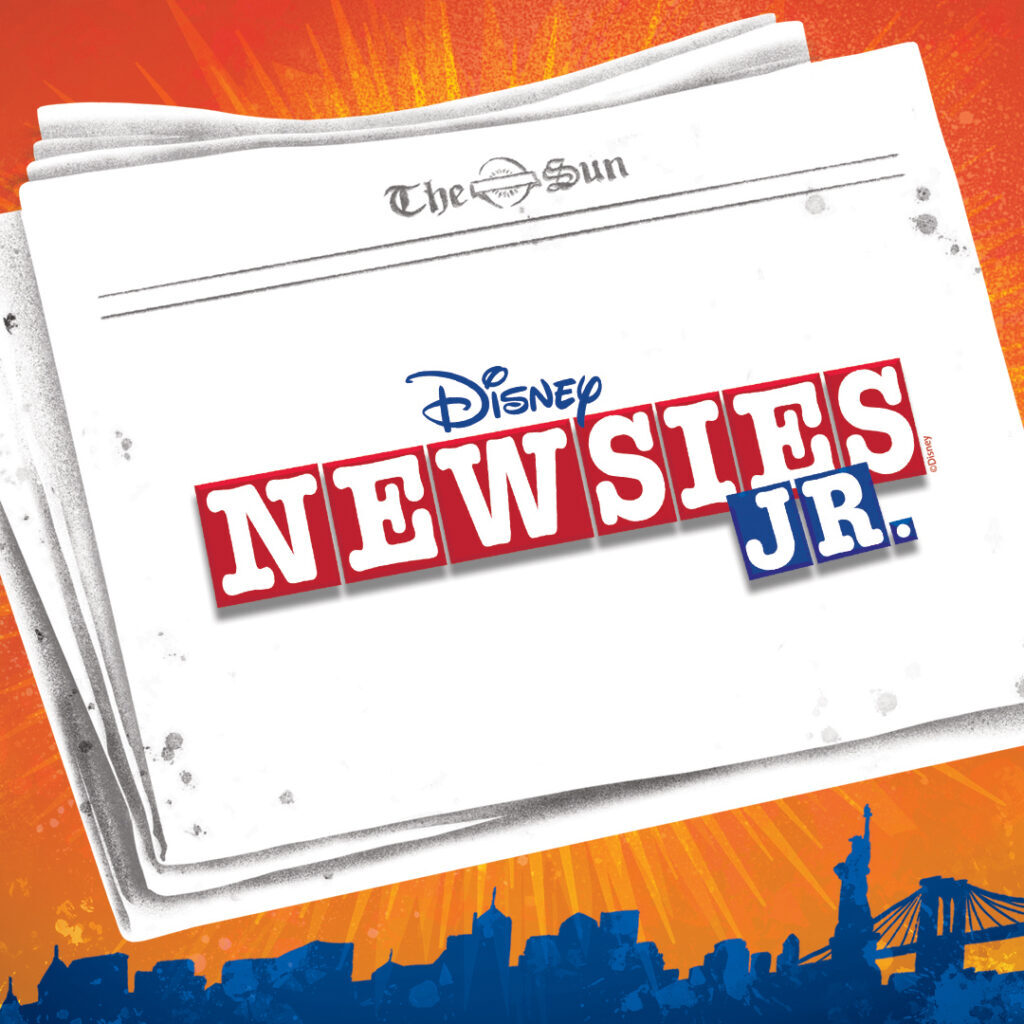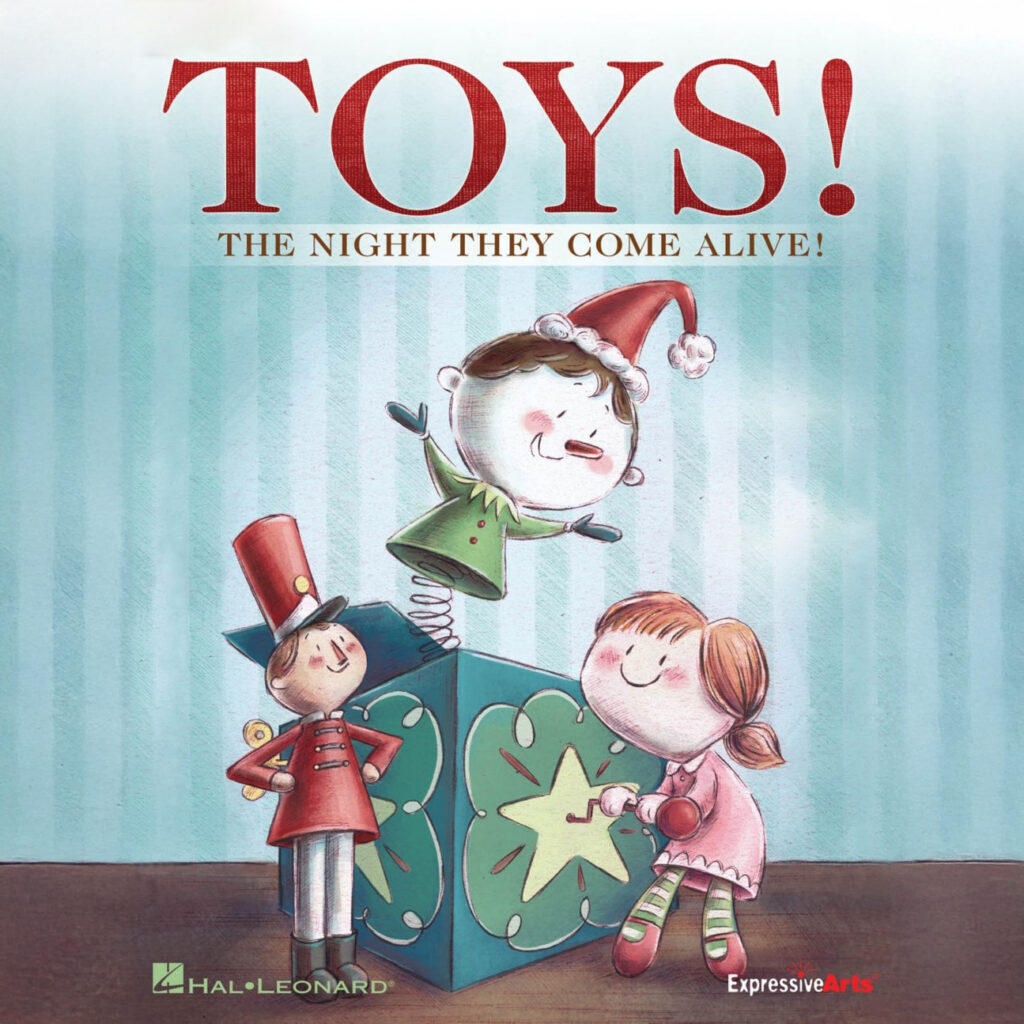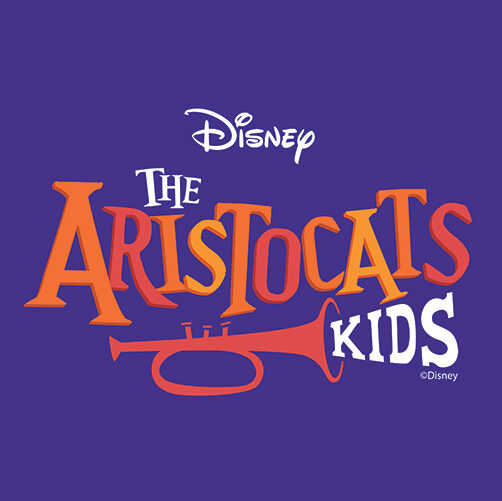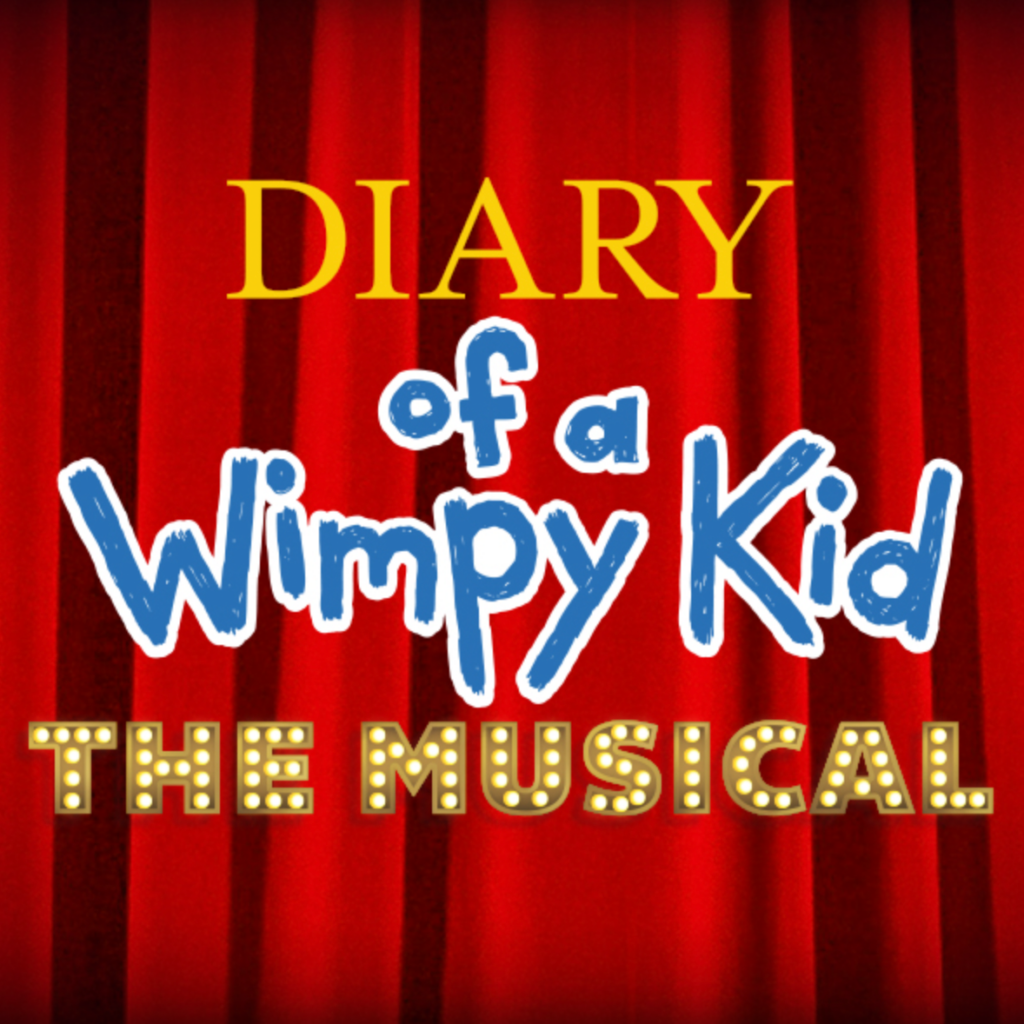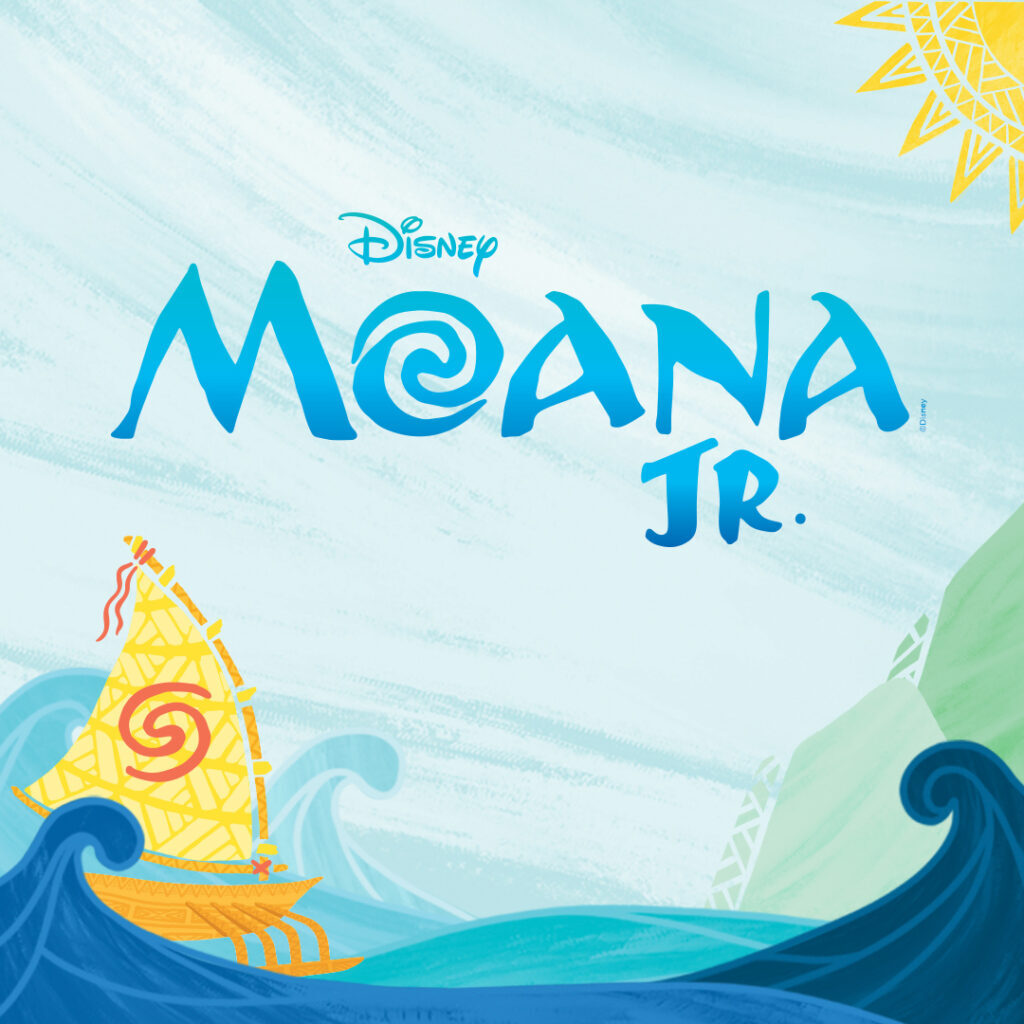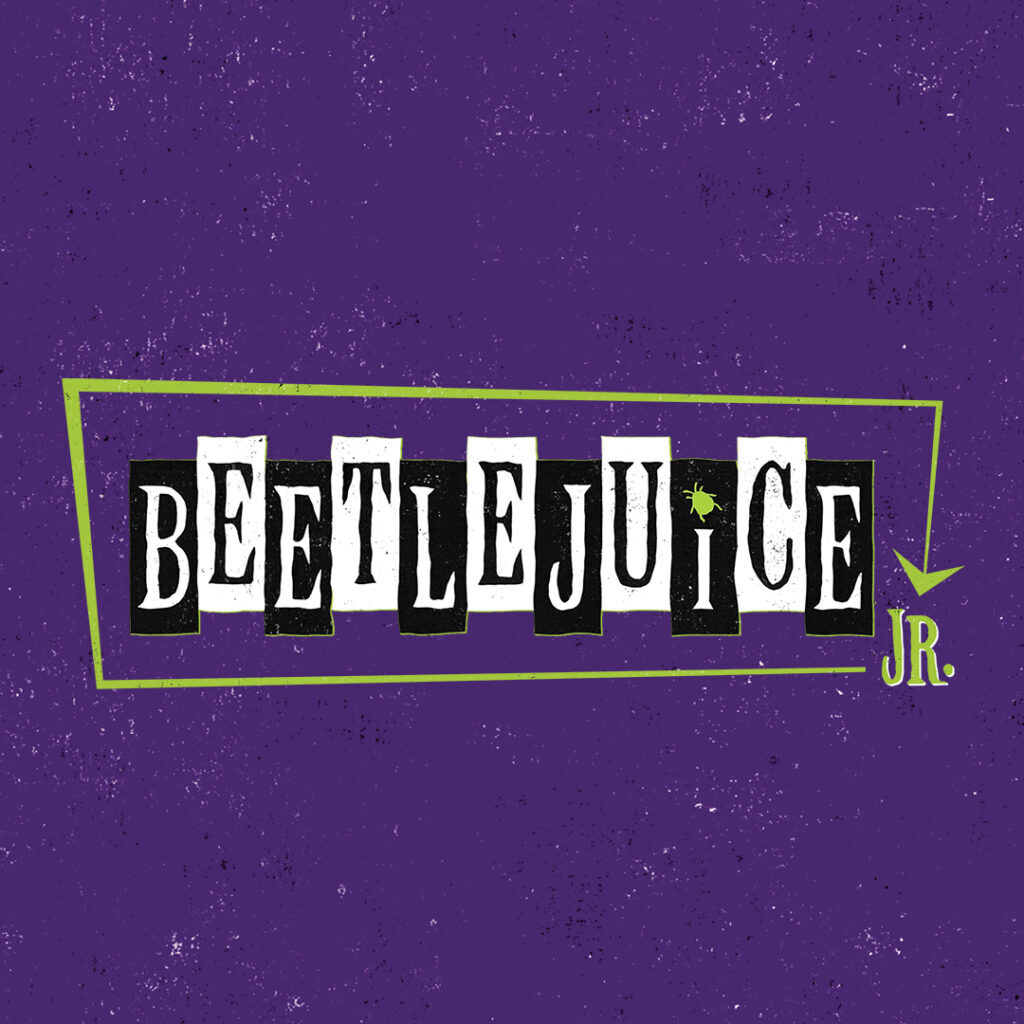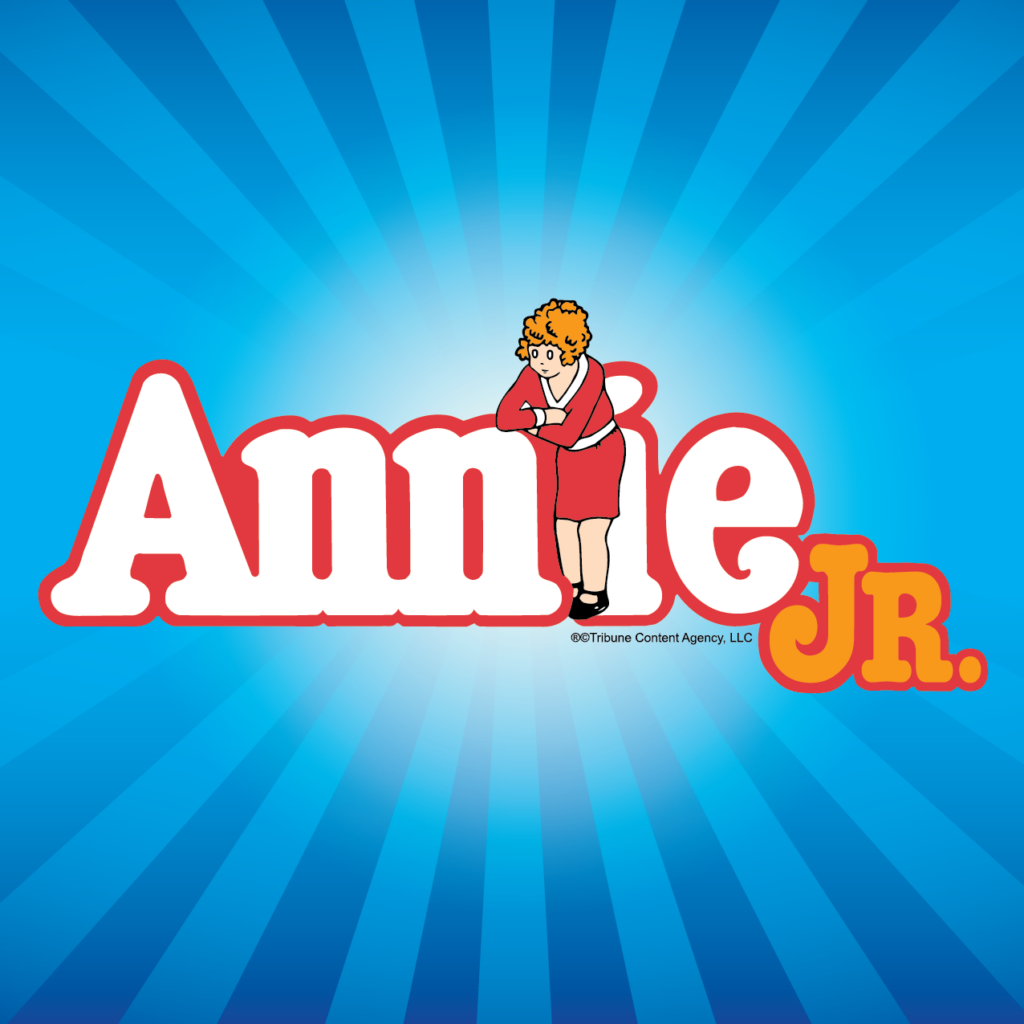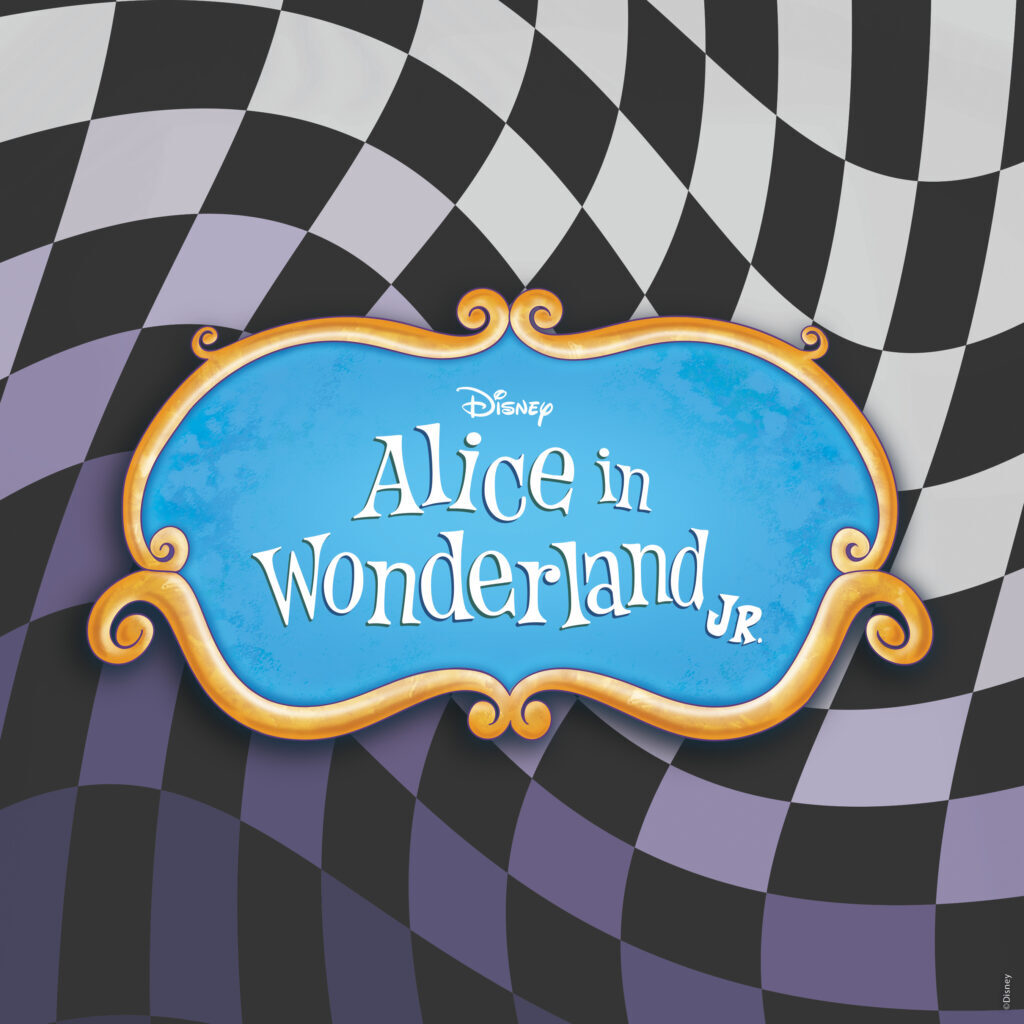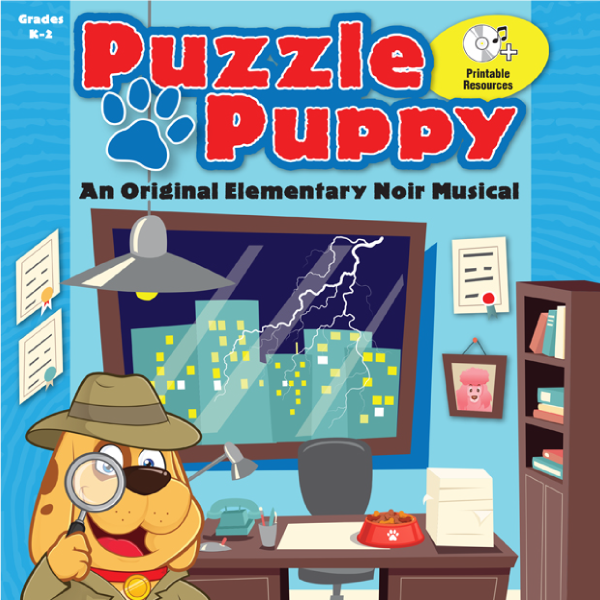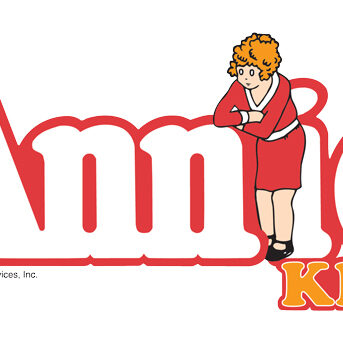The Experts Behind PAA’s Seams
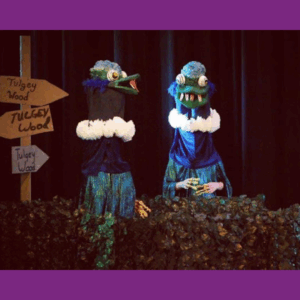
“Costumes are the first impression that you have of the character before they open their mouth – it really does establish who they are.” – Colleen Atwood (Four-time Oscar winner for Costume Design and multi-Academy Award Nominee for Costume Design)
You might think elaborate costume design is reserved for the bright lights of Broadway or the glitz of Hollywood—but think again. At the Performing Arts Academy (PAA), a premier youth theatre organization, we understand that a character’s costume emotes just as much as the character’s lines and choreography. Every stitch, sequin, and silhouette helps tell a story.
For each 60+ minute production, PAA hires expert Costume Designers and Props Masters who ensure each character’s costume and props add to the story unfolding on stage. Jennifer Lillibridge, PAA’s Resident Costume & Props Manager, shares how PAA integrates costume design and props into each PAA production.
What is the role of a costume designer?
The role of a costume designer begins with a script and ends on the stage. Designers will read the script, compile costume suggestions, and connect with the director to gain insight on the goals of the show, including any plot twists the director may have in mind.
“I love when directors have a unique viewpoint that designers can embrace.”
I did a production of Bye Bye Birdie, and the director wanted the lead female to be more empowered. Instead of putting the lead female in a poodle skirt, we had her wear cropped pants and a purple leather jacket, straying from what was expected.
Who determines which costumes and props to feature in a PAA Show?
Before the first rehearsal, PAA holds a production meeting for the entire artistic and production team. Costume designers come prepared with a vision for each costume and present these ideas to the team. The directors share their insight and make tweaks to the costume designs and grant final approval. Props Masters do the same and provide thoughts on the props needed based on the script.
What inspires Costume Designers?
Costume designers follow the “script to stage” strategy when determining costumes for a production. Designers review the script in detail and spend hours researching past productions and historical garments. Determining costumes for the production is only half the process. Designers carefully tailor each piece to fit individual cast members—taking precise measurements and ensuring every student feels comfortable, confident, and ready for seamless costume changes backstage.
“In my opinion, the most important part of a Costume Designer’s job is switching focus from the costume to the cast member – we ensure each cast member (in this case, the student) feels comfortable and can move around with ease. The designer and assistants decide where costume changes occur and which students will need help. We hope that cast members trust costumers to take good care of them, getting the right things on and off, so all they have to focus on is their performance.”
Where does PAA get its costumes?
PAA acquires costumes from a combination of previous productions, thrift stores, and creating pieces in-house. For 60+ minute PAA productions, costumes are tailored to fit the students. Costume designers complete any needed alterations. Each student is assigned a time slot for a costume fitting after casting is determined. When a production requires more elaborate pieces (think fish and undersea animals in Finding Nemo or Tamatoa in Moana), the costume designer will make these pieces from scratch.
Where does PAA store its costumes?
The PAA County Line location has a fabulous costume/prop shop. It features floor-to-ceiling shelves filled with past production costumes and props. The space is also used as a staging area for show racks for upcoming productions and technical theatre camps and classes.
Where does PAA get its props?
Similar to our costumes, PAA sources many props from thrift stores, the Dollar Store, and Amazon. Sometimes, a Props Master will use a personal item from their house.
Does PAA ever make its props?
It is a 50/50 ratio of items made and items purchased. Many strange and spectacular items show up on a props list, which may require the item to be created. All of the specialty combat weapons and dragon heads in PAA’s production of She Kills Monsters were handmade and created from cardboard and spray foam.
What was the hardest costume and prop you had to create?
The hardest costumes are not necessarily the costume piece itself, but rather the mechanics involved in a fast costume change, especially with elaborate pieces.
You may find/create a costume piece that fits the part perfectly, but you need to make adjustments due to the need for a quick costume change. Costume changes need to happen with little to no lights or mirrors, so convenience is key!
For She Kills Monsters, I had 60 seconds to make a fully red body and face demon look like a student. In addition to removing a fake red chest and big black horns, we had to remove red makeup from the student’s hands and face…all in 60 seconds…quietly, in the dark!
For Between the Lines, I was tasked with transforming a student into a princess in less than 20 seconds. It was a feat that required special closures on the dress and two sets of hands to help with the change!
Costume changes are definitely an adrenaline-pumping activity.
Regarding props, the most challenging (and fun) props include items that require a magical feel, including light-up items, magical books, wands, necklaces, or dragon heads. The trickiest of items can usually be solved with a visit to the Dollar Store and a hot glue gun – both of which are a Prop Master’s best friend.
What are your favorite costumes or props to design?
Animals and creatures. Beware of the Jabberwock required all kinds of strange creatures. My goal was to create unique creatures that did not resemble humans in any way. I used unconventional materials to create unique characters: tomato cages to elongate a creature’s neck and head (see image above), chicken wire, foam, and paint for a monster’s body, and plastic forks for a monster’s teeth. This show was magical because we had nothing to reference when creating the creatures – just our imagination without restrictions!
PAA’s Costume Design team is one of many elements that elevate the PAA theatre experience. Enroll in one of our 5 Fall Productions or check out PAA’s technical theatre class options including:
Fall Shows
Summer Shows
PAA Awards




